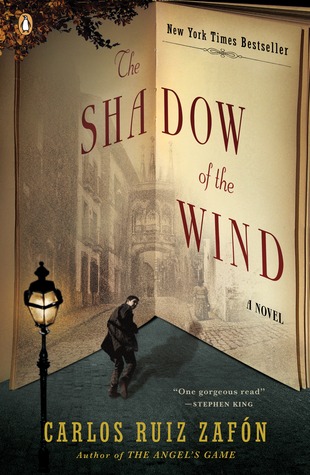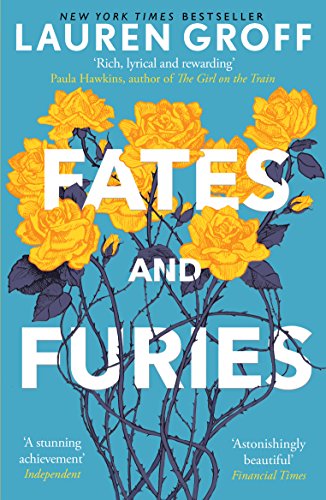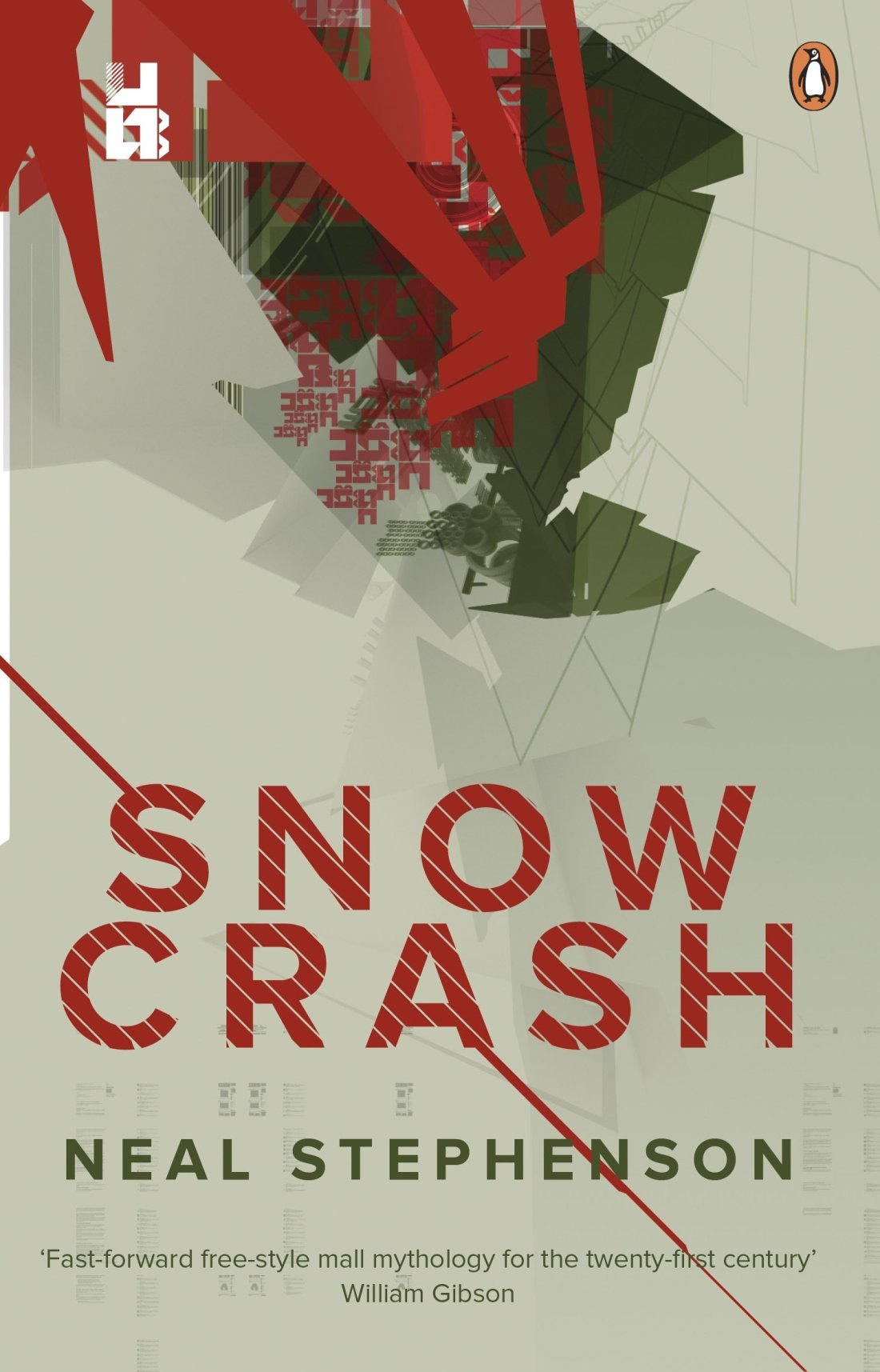With book four, I was given the choice between:
‘The Song of Achilles’ by Madeline Miller
‘My Brilliant Friend’ by Elena Ferrante
‘Shadow of the Wind’ by Carlos Ruis Zafon
These were all books I (naturally) had strongly desired to read between my interests in Greek mythology, my awareness of Elena Ferrante as a renowned author, and a genuine enjoyment for works of metafiction. It was the latter that won out in the end. Little did I know that it was a choice that led to me reading the best book of my Scaling the TBR Pile experience thus far.
Goodreads summary: The international literary sensation, about a boy’s quest through the secrets and shadows of postwar Barcelona for a mysterious author whose book has proved as dangerous to own as it is impossible to forget.
Barcelona, 1945 – just after the war, a great world city lies in shadow, nursing its wounds, and a boy named Daniel awakes on his eleventh birthday to find that he can no longer remember his mother’s face. To console his only child, Daniel’s widowed father, an antiquarian book dealer, initiates him into the secret of the Cemetery of Forgotten Books, a library tended by Barcelona’s guild of rare-book dealers as a repository for books forgotten by the world, waiting for someone who will care about them again. Daniel’s father coaxes him to choose a volume from the spiraling labyrinth of shelves, one that, it is said, will have a special meaning for him. And Daniel so loves the novel he selects, The Shadow of the Wind by one Julian Carax, that he sets out to find the rest of Carax’s work. To his shock, he discovers that someone has been systematically destroying every copy of every book this author has written. In fact, he may have the last one in existence. Before Daniel knows it his seemingly innocent quest has opened a door into one of Barcelona’s darkest secrets, an epic story of murder, magic, madness and doomed love. And before long he realizes that if he doesn’t find out the truth about Julian Carax, he and those closest to him will suffer horribly.
As with all astounding novels, The Shadow of the Wind sends the mind groping for comparisons—The Crimson Petal and the White? The novels of Arturo Pérez-Reverte? Of Victor Hugo? Love in the Time of Cholera?—but in the end, as with all astounding novels, no comparison can suffice. As one leading Spanish reviewer wrote, “The originality of Ruiz Zafón’s voice is bombproof and displays a diabolical talent. The Shadow of the Wind announces a phenomenon in Spanish literature.” An uncannily absorbing historical mystery, a heart-piercing romance, and a moving homage to the mystical power of books, The Shadow of the Wind is a triumph of the storyteller’s art.
As a reader, I love to read books about books. Books that mess around with the very boundaries of their being get me excited in a way that few genres really do. A novel called ‘The Shadow of the Wind’ about (primarily) a novel called ‘The Shadow of the Wind’ is a simple enough conceit, but just adds an extra layer on top of what turned out to be a dramatic, heart wrenching and warmly humorous narrative that had me rushing to the end to find out what happened to Daniel Sempere and the mysterious author, Julián Carax, who wrote ‘The Shadow of the Wind’.
Starting a story with a father taking his boy on a trip to ‘The Cemetery of Forgotten Books’ was always going to evoke an element of the fantastical, and this feeling pervades throughout the plot. Though grounded firmly in 1945 Barcelona, one that is brought to life by Zafon’s deft description, there is always a sense that something extraordinary is occurring in the life of Sempere, the protagonist and narrator for most of the novel. Being little more than a teenage by the end of the narrative, many of these descriptions serve to convey Sempere’s fluctuating and deep-seated emotions as he often naively stumbles through a world of events that seem beyond his control. As he moves closer to solving the mystery of Carax and new, scary people rear their heads and come out of the shadows, Sempere never quite gets a chance to take stock of the perils that lay ahead and we are thrust ahead alongside him to the finale.
It is the mystery element of ‘The Shadow of the Wind’ that helps to drive things forward as it plays out as addictively engaging as the latest crime thriller. Each chapter provided something new: a glimpse of Carax’s past; a tense encounter with a shadowy man hell-bent on recovering the book; a run-in with Inspector Fumero, the police detective taking advantage of a post-civil war Spain to make up his own rules. In particular, every new character that is introduced feels fully realised and part of a wider world that is forever working even when you aren’t reading specifically about it. A personal favourite was Fermin Romero de Torres, one time tramp turned friend to Sempere. The warm humour that was mentioned was primarily from the mouth of Fermin as he was given a chance to turn his life around again by the Sempere family, often in rather touching and occasionally dubious guidance to Daniel about affairs of the heart.
A novel if often furthered with a genuinely sympathetic protagonist and an antagonist that is easy to despise. In Sempere and Fumero, that is exactly what Zafon provides. Fumero in particular is a product of a world turned upside down and struggling to work outs its position in a post-war Europe, though rather than the feelings of isolation and sadness that permeates many of the other characters, Fumero uses this atmosphere to control and destroy those who stand against him. With no redeeming features, Fumero acts as a perfect counterpoint to Sempere’s naïve youth.
At its heart though, the book is about love. From his love of ‘The Shadow of the Wind’ to the first heartbreak in the house of Clara Barceló and his subsequent attempts to woo Beatriz Aguilar, Sempere has the life or death emotional spectrum that can only exist in the world of a teen. This duality of love, as something that can both nourish and harm, is explored in the lives of other characters as well, though often it leads to decisions that can only really be considered negative or restrictive in nature. Over the years that the narrative covers love is often chosen as a way to feel less alone as the world around people turns darker and more foreboding.
A wonderfully plotted and beautifully evocative novel, ‘The Shadow of the Wind’ was a great read that moved me as the twists and turns of the narrative revealed the tragic realities of events long ago. Heartily recommended.




